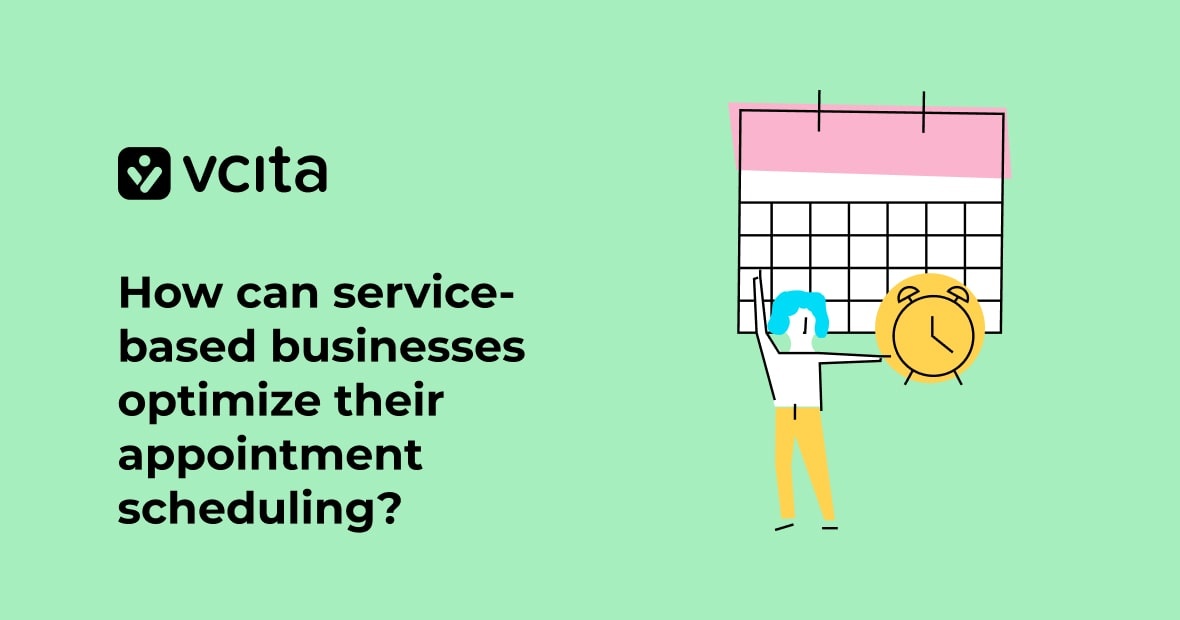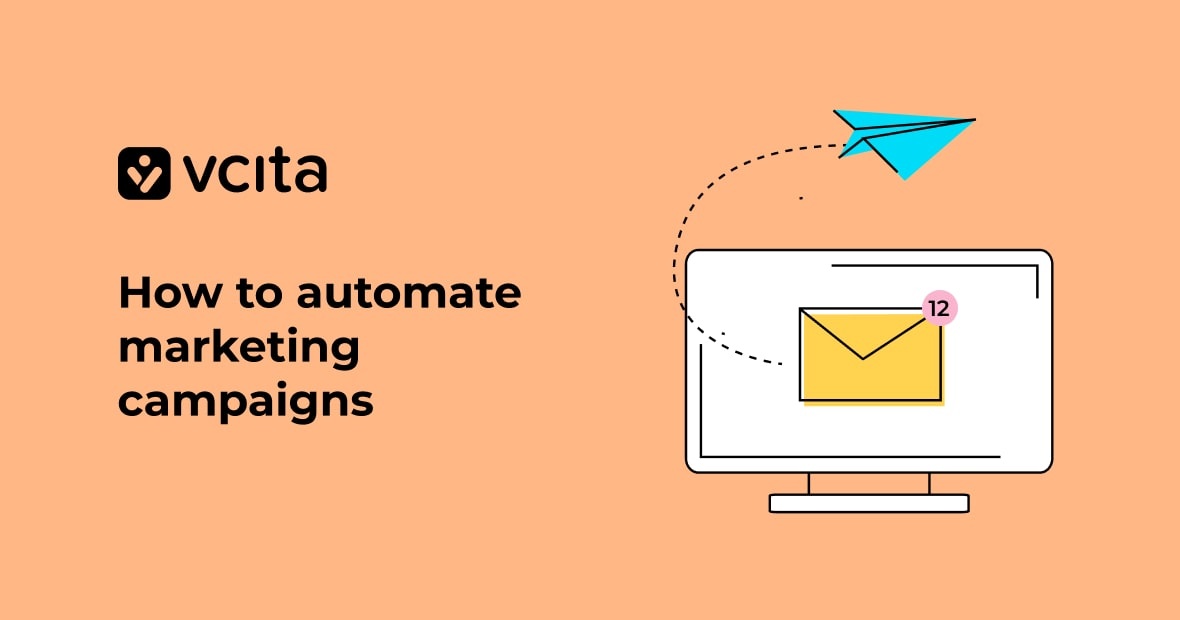Wow! You’ve not only started a new business, you’ve also found a loyal, appreciative customer base and are generating a steady income. It’s not something you can take for granted, so give yourself a serious round of applause.
But if you’re finding yourself wondering if you could expand your business even more — if maybe you could be the owner of the next international brand, or the kind of thought leader that everyone’s mind conjures when then the cocktail party conversation moves toward successful business ownership — well, why stop now? It’s time to discover the depths of your real potential.
You could continue to grow your business exponentially, to serve more customers and bring in more profit. Feeling curious about what you’d need to do to swell your small business into something far greater? Read on, for we’ve gathered a number of tips to help you along that path.
Never stop learning
As the power behind the company, your personal knowledge, curiosity, and excitement is a driving force for business growth. That’s why it’s crucial to invest in your own professional development.
Read books and articles about your industry, attend conferences and seminars that relate to your market or product/service, and keep acquiring more skills related to business management and entrepreneurship.
That’s especially true when the markets are turbulent and things are changing fast — like during a global pandemic, for example. Turn to resources written especially for the challenges you’re experiencing now, like vcita’s Business Unusual knowledge base.
Moreover, it’s essential to continually evolve alongside advancing technology. Take, for example, the rise of cloud technology; upgrading your skills in platforms like Azure is imperative. Fortunately, resources like the AZ-900 Exam Dumps exist to aid in mastering these technologies and staying competitive in the ever-changing landscape.
Choose the right growth strategy
There are a number of common growth strategies used by small businesses, but it’s not recommended to pursue more than one at a time.
Former Inc. 500 CEO Keith McFarland advises small business owners to identify which strategy has the least risk and the greatest potential for profit right now, and work your way back.
Different types of growth strategies include:
- Market penetration, namely grabbing a bigger share of the market you are already in. This could be by finding new ways to market your product, bundling your products or services into new purchase options, or lowering your prices.
- Market development means moving into new markets. You could target a different neighborhood, a new vertical, or a different demographic. Ryan Nouis, owner of TruPath recruiting services, said “We decided to venture into the manufacturing market with our services since it is an industry that is growing rapidly. I would recommend a market expansion strategy to any small business that wants to grow.”
- Product expansion involves adding new products and/or services, like selling yoga equipment as well as yoga classes, or adding cardio classes to your yoga studio timetable.
- Alternative channels means selling the same products or services but increasing the ways that customers can find and buy from you. It might mean adding an online store, sending email newsletters, or expanding to TikTok as well as Facebook and Instagram. For example, Moriarty’s Gem Art, a family-run gem business, started livestreaming gem shows during the pandemic, and saw sales rise.
- Market segmentation is recommended for small businesses who’ve already maxed out simpler growth strategies. It means dividing up your market so that you can target each segment with customized, tailored marketing and products.
- Partnerships or acquisitions involve finding other businesses in the same line of work or in a complementary niche, and joining together. You might take them over completely to add their customer base to yours (acquisition), or work together to grow both businesses at the same time (partnership).
Build your brand to boost your reach
Memorable branding helps you spread your reputation, extend your reach, and ultimately grow your business. It includes a number of elements, beginning with a memorable business name and logo and moving on to brand values.
Brand name and logo
Your brand name and logo are like the face of your business; it’s how customers recognize and remember you. You might be happy with your current name and logo, but it’s pretty common for companies to rebrand themselves and even change their name.
Sometimes you might not notice, like KFC, formerly Kentucky Fried Chicken, and Starbucks, which dropped the word “coffee” from its logo, but others made waves, like Starburst, which many people wish was still called Opal Fruits.
Brand values
Brand values can be the hardest to establish, but they have the biggest impact when you succeed. Think about TOMS shoes, which are always associated with helping provide shoes for disadvantaged people, thanks to the brand value of One for One.
Decide on your brand value, whether it’s offering beauty products at accessible prices, cutting the use of disposable products, or making people smile, and then focus all your marketing messaging on that value.
Raising brand awareness
Once you’ve settled on your brand name, logo, colors, and values, you’ll want to make sure that people are aware of them. Social media and digital marketing are valuable channels for establishing brand awareness.
Some ways to boost brand awareness online include:
- Developing a hashtag related to your brand
- Starting a TikTok hashtag challenge
- Running a competition or giveaway
- Partnering with influencers to increase brand mentions
Overtake the competition
Competition is inevitable, but there’s no reason why you can’t pull ahead. Use advanced business analytics to study your competition’s product or service, customer experience, marketing campaigns, branding, pricing, and more. Examine their websites, social media channels, and reviews on online sites.
Then ask yourself:
- What are my competitors doing that works?
- Where are the gaps in their market offering?
- How can I fill them?
Maybe you can offer the same product, but at a higher quality or a lower price. Perhaps their customers are disappointed by their returns policy or how long it takes to get a reply from their customer support teams, and you can do a better job.
At the same time, stay ahead of the game by using social listening tools like Mention, Sprout Social, or Buffer that spot emerging trends and patterns. Discover the “next big thing” before it’s the next big thing, so you can be the first to meet customer demands as soon as they develop.
¡Viva la (digital) revolución!
If you haven’t already joined the digital revolution, you have no time to waste. McKinsey calculates that COVID-19 pushed digital transformation forward by around 7 years in just a few months. Digitally advanced businesses retained customers at 5x the average rate and acquired new customers at 20x the average during the pandemic.
The first steps are to open up digital purchase channels, like building an online store, adding online scheduling, and accepting digital payments. You might add digital products alongside physical ones, like turning in-person classes into online tutorials. vcita has a comprehensive all-in-one platform that makes it easy to handle online payments, scheduling, and email marketing.
If you’re already digital, this is no time to be complacent. Ask yourself what more you can do to use digital tools to drive value.
Digital business intelligence (BI) tools that use artificial intelligence can dive deeper into data to produce better market insights and predictions about customer expectations. If you are a manufacturing company, digital adoption such as MRP software is critical for managing your operations, supply chain, delivery, and product quality. Integrating delivery route planners for teams into your digital infrastructure enhances efficiency, allowing you to optimize delivery schedules and minimize delays.Digitizing your supply chain gives you better visibility into bottlenecks and delays so you can avoid disappointing clients and cut your delivery times.
Flex and adapt
Change may be painful, but it’s the only route to business growth. Customer demands and market conditions evolve all the time, so you need to be adaptable enough not just to move with them, but to move ahead of them.
Just think of Blackberry. It was the business accessory back in the early 2000s, and led the wave of personal electronic assistants. But it failed to adapt to the new trend for touchscreens, and was pushed out by basically every smartphone brand.
It’s common for companies to lose their agility (and thus their edge) as they grow, so make sure you stay open to new opportunities and ideas. Be open to diversification, whether it’s innovating new products, adjusting your business model, discovering new target audiences, or joining with new partners.
Calculate risks carefully
You can’t grow your business without risk, but if you charge ahead without considering the risks and doing what you can to mitigate them, you’ll probably fail.
For example, every digital business is at risk of hacker attacks and data breaches. You can’t prevent them entirely (if only!), but you can use strong cybersecurity protection and keep all your software updated, to lower the chances of falling victim to a cyber attack.
Equally, running a new product or service brings the risk that no one will like it, but you can decrease the risk of failure by testing it out with loyal customers and/or a focus group before moving on to mass release.
Prioritize retention over acquisition
It’s become business wisdom that it costs five times as much to acquire a new customer as it does to retain an existing one. While there is plenty of current debate surrounding whether that ratio still holds true, certainly the concept is still valid.
Your current customer base are the best possible ambassadors for your brand, with a recommendation from them converting leads at a higher rate than any campaign you could run. They also tend to shop more often and spend more on average per shop, so it’s hard to see why you wouldn’t invest in holding on to past shoppers.
Some customer retention strategies include:
- Loyalty programs that offer progressive discounts the more the customer spends each month
- Exclusive early access to new collections for email subscribers
- Surprise birthday gifts for loyal customers
- Personalized communications that express a relationship, not just a place to shop
Find your sweet spot
Growing your business is all about balance. As the business gets bigger, it becomes impossible for one person to control every process and decision.
You need to establish policies and procedures for all the regular routine tasks of running a business, to allow room for growth. That includes outlining job responsibilities, creating workflows for common occurrences like reporting expenses, and automating as much as possible.
At the same time, remember that you have a life as well as a business. Don’t lose sight of your work-life balance while you pursue business growth.
Scalable business growth isn’t just a fairy tale
We can’t pretend that your business will take off overnight, but when you approach business growth with determination, strategic planning, and the right branding, you can make impressive, sustainable growth a reality. Remaining open to new possibilities while working hard at identifying opportunities, risks, and the competition can help you to scale up your business into something larger than you ever imagined.




























